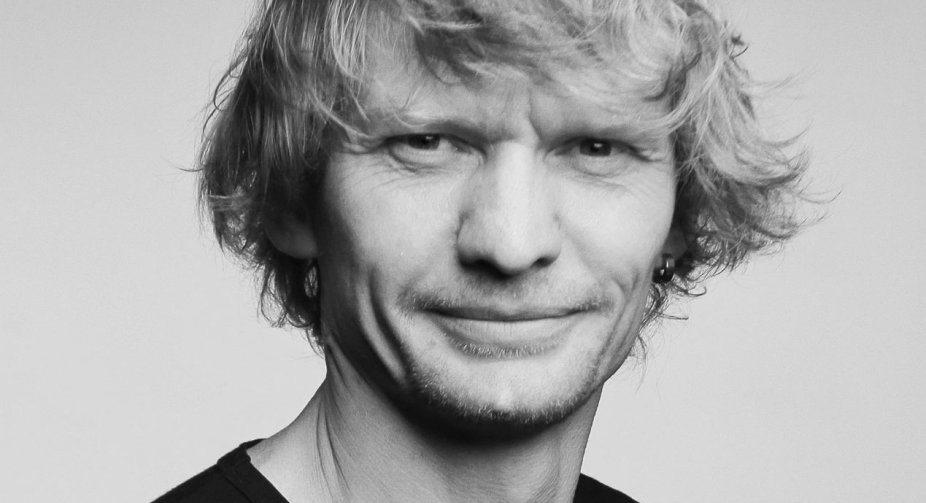Ukrainian journalist and photographer Max Levin and his friend the soldier Alexei Chernyshev were executed by Russian soldiers in a forest near Kiev. They were probably interrogated and tortured.
RSF's Reporters Without Borders reported this.
"Following a visit by two investigators to Ukraine from May 24 to June 3 to investigate the death of Max Levin, Reporters Without Borders will release a report with information and evidence that shows that the photographer and his friend and guard were executed by Russian soldiers in a forest near Kiev," the report reads.
Levin and his friend, soldier Alexei Chernyshov, were killed on March 13, but their bodies were not discovered until April 1 in a forest near Kiev.
RSF investigative chief Arnaud Froger and French war photographer Patrick Chauvel, who worked with Levin in the Donbass in late February, spent more than a week gathering evidence and clues about the circumstances surrounding Levin's death in Ukraine.
They concluded that Levin and Chernyshev were executed in cold blood. The evidence against Russian troops is compelling. This is stated in the report - "How Russian Troops Executed Ukrainian Journalist Max Levin."
Based on the information and evidence they collected, RSF investigators were able to reconstruct the events.
For example, on March 10, the photojournalist lost his drone in the woods near the village of Moschun while trying to obtain footage of the Russian invasion.
Three days later, Levin returned to the same forest, but the Russians were already there. He wanted his drone back because he was convinced that the last pictures he took were very important. He failed to do so.
RSF representatives arrived in Ukraine on May 24, nearly two months after de-occupation. However, the terrain was still dangerous: the Russians had left traps and explosive devices. Accompanied by Ukrainian security forces, RSF was able to locate the scene. Levin's charred Ford Maverick was standing at the scene.
At the scene, RSF recovered several bullets, as well as documents identifying Chernyshev, and identified 14 bullets in his vehicle.
Several items with possible traces of DNA, indicating the presence of Russian soldiers very close to where Levin and Chernyshev were killed, were also identified by the RSF, and some of them were recovered.
In the last phase of the search initiated by RSF, metal detectors found a bullet that probably hit Levin.
"Reporters Without Borders" could not answer all of their questions, but did make two hypotheses as to how events might have unfolded. The organization hopes that one day the evidence will lead to the identification of the perpetrators of this double murder.
RSF Secretary General Christophe Deloire noted that "the analysis of the crime scene photographs taken at the scene and the physical evidence seized clearly point to an execution that may have been preceded by interrogation or even torture."
Investigators speculate that Levin was probably killed by one or two shots at close range, while Chernyshev may have been burned alive.
"Reporters Without Borders speculates that Levin and Chernyshev may have been killed by the military of the 106th Airborne Division or by Russian special forces.

